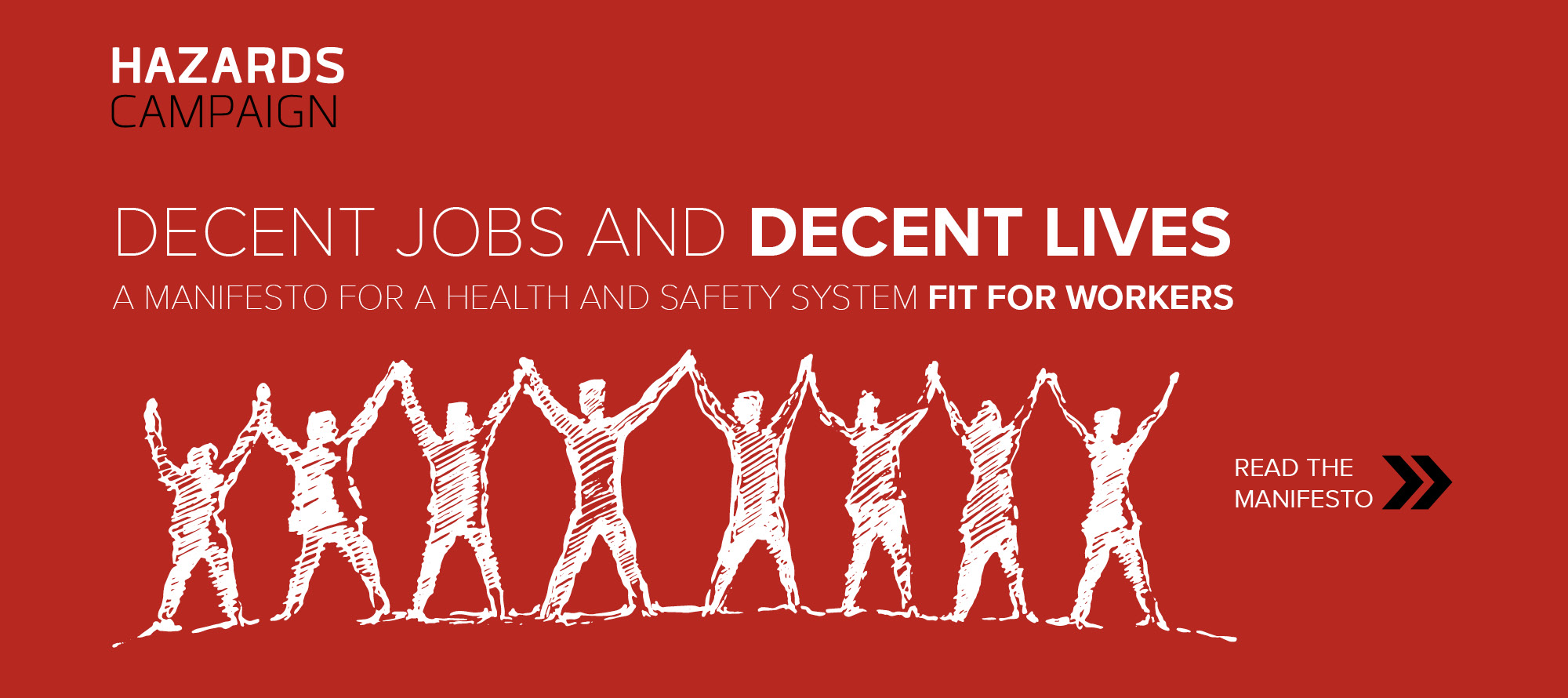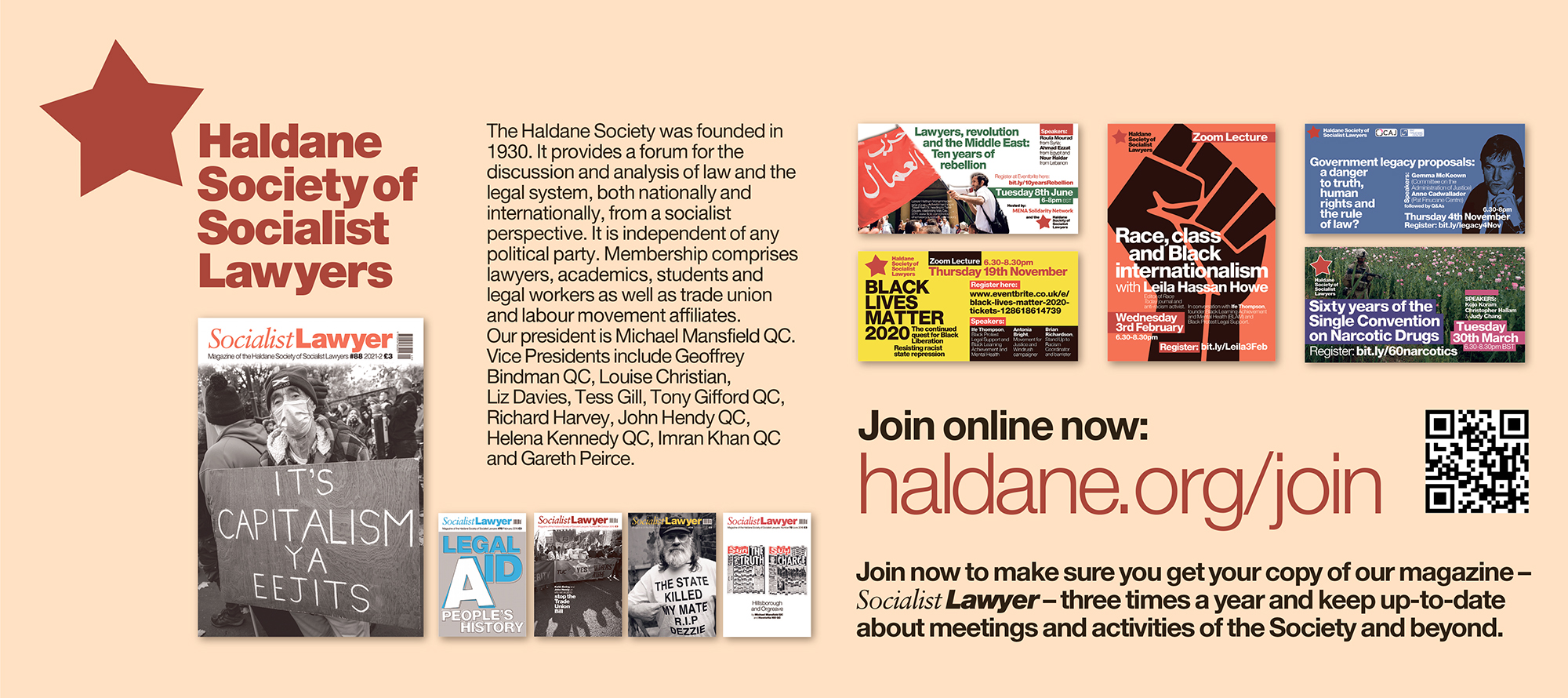National ‘Living’ wage?
15 April 2016 The Conservative government's controversial "National living wage" came into effect on the 1st of April 2016. This changed the minimum wage from the previous £6.70, to the new rate of £7.20 an hour for workers over 25 years old. This is predicted by the Tory government to rise to £9.00 by 2020.
15 April 2016
The Conservative government’s controversial “National living wage” came into effect on the 1st of April 2016. This changed the minimum wage from the previous £6.70, to the new rate of £7.20 an hour for workers over 25 years old. This is predicted by the Tory government to rise to £9.00 by 2020.
So, is it actually a living wage or simply an attempt by the Government to subvert the long standing campaign for a real living wage? Is it a Government attempt to diffuse an emotive issue amongst a growing section of society?
The Living Wage Foundation , which has been campaigning for a real living wage for a number of years, says that the current minimum wage is a far cry from a living wage. The LWF’s suggested figure is calculated by the Centre for Research in Social Policy. They calculate the current living wage to be £8.25 (or £9.40 in London), predicted to rise each year in line with inflation and the cost of living.
So will £9 an hour be a rise in real terms in 2020 or a loss? This remains to be seen, but figures from LWF’s website provide a flavour of how far the living wage is above the minimum wage historically at http://www.livingwage.org.uk/calculation
So what are the exclusions to the full minimum wage rise? It is still not applicable in the first year of an apprenticeship. Apprentices are still paid £3.30 an hour, which is well below the minimum wage.
Another downside is that 18-20 year olds are not covered by this minimum wage. They are still on £5.30 an hour, whilst 16-17 year olds are still on £3.87 per hour. This in effect creates a 3 tier workforce, which encourages employers to take on younger unorganised workers instead of those over 25.
On April 1st when the minimum wage rose, BBC news exposed a piece where two workers who were doing exactly the same job with exactly the same workload were on different rates of pay, with the younger worker earning £1,000 less per year than her older counterpart. This is despite the fact that they had broadly the same rent, bills and other living costs. Could this be a divide and rule tactic designed to turn workers against each other?
Some employers have complained that they will have to make cuts to staff in order to implement the new minimum wage. Some employers say they will pass on the cost of the minimum wage to consumers instead of paying it out of their profits. Others have said they can make efficiency savings – to be applauded so long as ‘efficiency’ doesn’t equate to slashing terms and conditions of employment or suspension of safe working practices!
However some companies have committed to paying not just the Tory’s minimum wage, but the actual living wage as calculated by the Living Wage Foundation. They have also confirmed that the cost will not be passed on to the consumer. So it can be achieved if corporations are enlightened enough to realise not just the moral, but the economic benefits of a living wage including more disposable income leading to more demand in the economy.
Social media traffic on the 1st of April made it clear that the majority of the public saw through the smoke and mirrors surrounding the living wage announcement. Some even went as far as to claim it was an April fools joke. The main issues of contention were that it was divisive and that young people did not benefit from it. Others were understandably more hostile not just on the rise, but the way that it was being branded (expensively) to peddle the myth it was a “living wage”.
The trade union movement has, and is, campaigning for a proper living wage for workers in order to eradicate working poverty and go some way towards providing a fair days work for a fair days pay. With the increase in the use of food banks and families unable to afford to eat after paying their rent and bills, it is clear that the idea of a living wage is gaining traction within society. But this latest branding of the minimum wage increase as a “National Living Wage”, with no evidence that the rate matches the title or that young people can live on even less is designed to hijack a cause that the Government knew would come back to hurt them. The reality is that it is workers who will be hurting, especially those who are vulnerable, young and yet to be organised.
Such workers are an organising opportunity. Pay is a raw issue. Its implications are immediate to every worker, especially young people. Could this be an opportunity to start campaigns to get young people involved in their trade unions?
Such campaigns can remind people of the role unions have traditionally played in setting, protecting and enforcing good terms and conditions of work. Campaigning for improvements to the statutory safety net of the minimum wage is important but campaigning for the reinstatement of structures to promote sectoral and national collective bargaining is essential for the good of the economy and society collectively.
You may also be interested in our publication on ‘Reconstruction after the crisis: a manifesto for collective bargaining’ by John Hendy QC & Professor Keith Ewing. You can also watch the video we produced below on ‘Collective bargaining, What’s it good for?’.






